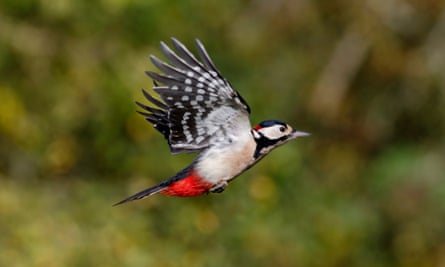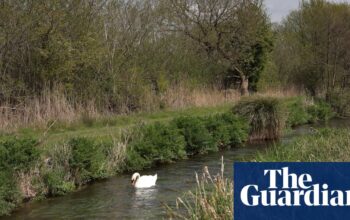A recent report has revealed that a number of well-known bird species in Scotland, such as grouse and kestrels, are facing population declines due to the effects of climate change.
NatureScot conducted a research on Scotland’s terrestrial breeding birds from 1994 to 2022. The findings indicated noticeable variations in the populations and types of birds residing in urban, woodland, upland, and farmland environments in Scotland. These changes are largely attributed to the hotter and wetter weather conditions caused by the ongoing climate crisis.
Certain types of animals have experienced a growth in their populations as a result of hotter summers, drawing in species that typically would not migrate to Scotland. Examples of these animals include the great spotted woodpecker, whose numbers have risen by over 500%, and bullfinches and wrens, which have both seen an increase of more than 50%.
According to NatureScot, Scotland is becoming a safe haven for certain birds as its temperatures increase and become more favorable for species accustomed to warmer climates.
The willow warbler, a type of bird, used to breed in Europe and then travel to southern Africa during the winter season. However, in recent years, its population has grown by over 50% in Scotland since 1994.
Certain types of birds, including goldfinches and magpies, have seen a significant increase in their population on Scottish farmland since 1994.

However, some species have experienced a consistent decrease since the 1990s. Black grouse, kestrels, greenfinches, and lapwings have all observed a decline of over 50% in their populations due to various factors, such as higher precipitation levels during summer, the growth of forests, and alterations in land management methods.
Some birds, such as oystercatchers, rooks, and skylarks, are experiencing a decrease in population. The capercaillie, a type of grouse found in woodlands, is also facing decline and has been at risk of extinction for the past two decades. This decline may be attributed to changes in temperature and rainfall patterns. Out of the 66 species studied, only four showed no significant change over the 28-year span.
Simon Foster, an analyst for NatureScot who specializes in trends and indicators, stated that climate is a major factor in driving change for Scotland’s breeding birds.
Foster stated that this report demonstrates the impact of today’s weather on bird populations in the years to come.
“As the frequency of extreme weather events, such as floods and heatwaves, increases, it is imperative that we utilize current scientific knowledge in our efforts to enhance Scotland’s nature and ecosystems for optimal outcomes.”
Bypass the advertisement for the newsletter.
after newsletter promotion
Foster stated that in order to reverse and restore the declines, there is a need to intensify initiatives like diversifying woodland, implementing peatland restoration schemes, and encouraging farmers to create new habitats in the upcoming years.
Terrestrial breeding birds are understood to be good indicators of overall biodiversity because they respond quickly to changes in habitat. Their overall numbers declined steeply between 2021 and 2022 in Scotland despite warm temperatures, a change which researchers suggest may be linked to the country experiencing its driest summer in 25 years.
Catherine Gee, the second-in-command of environmental nonprofit Keep Scotland Beautiful, stated that Scotland’s evolving weather patterns were visibly affecting its wildlife, “from our indigenous birds, insects, and mammals to the flora and fauna that we often overlook.”
She stated that it is crucial for us to motivate individuals to engage with nature and prioritize biodiversity in their daily lives, especially in urban areas and among less privileged communities.
Source: theguardian.com


